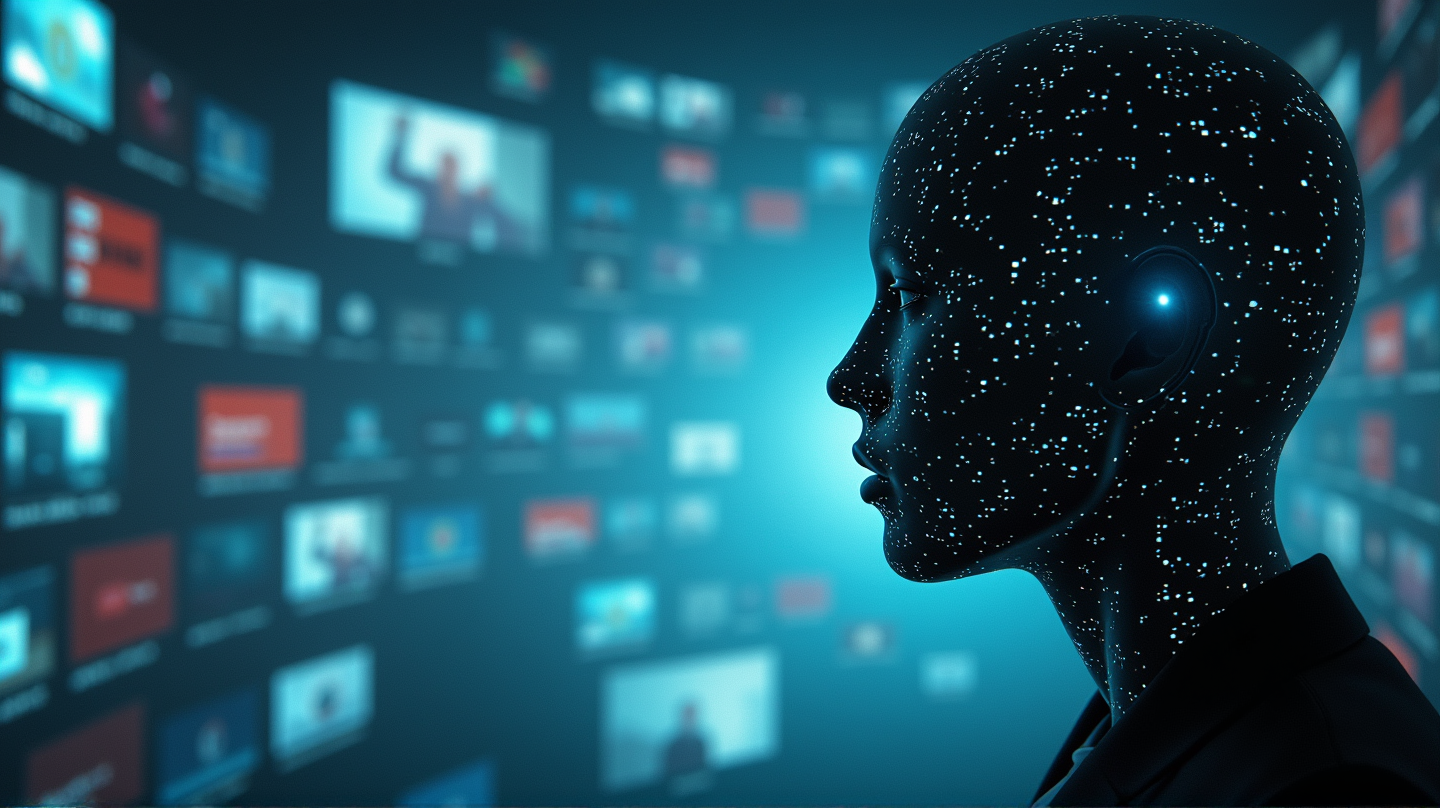Once vibrant bridges between diverse communities, social media platforms have transformed into vast digital wastelands. The culprit? AI slop and deepfakes flood our screens with fabricated realities, replacing authenticity with artifice. It’s the great irony of our age: technology that promised connectivity now disconnects.
The Rise of Artificial Reality
With platforms like Instagram promoting polished perfection and Facebook sharing aspirational lives, a digital divide was inevitable. An era of generative AI tools like OpenAI’s Sora, Google’s Veo, and others emerged, enabling anyone to conjure striking yet deceptive visuals with a simple prompt. As fantastic as this might seem, it presents an ethical quandary. According to CNET, these tools have morphed social media from a community haven to a realm of disconnection and isolation.
From Authentic Interactions to Algorithmic Addiction
AI content—once a curious spectacle—has usurped sincere interactions. Even traditional platforms like Facebook and Instagram are diluted with manufactured content, leaving genuine human connection as a casualty. Instead of bringing people together, social media algorithms—profit-driven engines—now prioritize engagement with the tool itself over communal bond, revealing a hollow in connectivity.
Facing the Unreal: A Utopia or Dystopia?
Generative AI doesn’t just affect casual scrolls. It’s altering perceptions of reality, setting unattainable beauty standards where even authenticity dissipates into algorithmic fog. It’s a shift from unrealistic to “unreal” expectations, intensifying the question: Can our fragmented social world sustain?
Towards Regulation and Resistance
Despite tech companies like Meta and TikTok proclaiming new measures against AI deepfakes, true regulation remains elusive. Government bans lag as tech firms resist, promoting AI as a platform-enhancer rather than a societal fracture. In the meantime, a pervasive distrust festers among users, echoing concerns raised by Raptive’s study where viewers instinctively distanced themselves from suspected AI fabrications.
The Double-Edged Sword of AI Creativity
While AI simplifies content creation, it magnifies misinformation and biases. The dual faced nature of AI could either dwarf authentic voices or bolster creativity by new, unknown creators. Yet as Mantzarlis aptly notes, the reality-shaping power of AI may as well widen societal fissures.
Critically Analyzing the AI Age
Social media once served as a venue of genuine connection and expression. Today, though, platforms must provide users autonomy in regulating AI content exposure, a gesture that could restore human connection, offsetting the encroaching digital isolation.
In this AI-driven epoch, empowerment lies not in blind acceptance but in challenging the digital drift. If given the chance, many might choose informality over artificiality, tethering social media back to its original promise of connection and truth.
